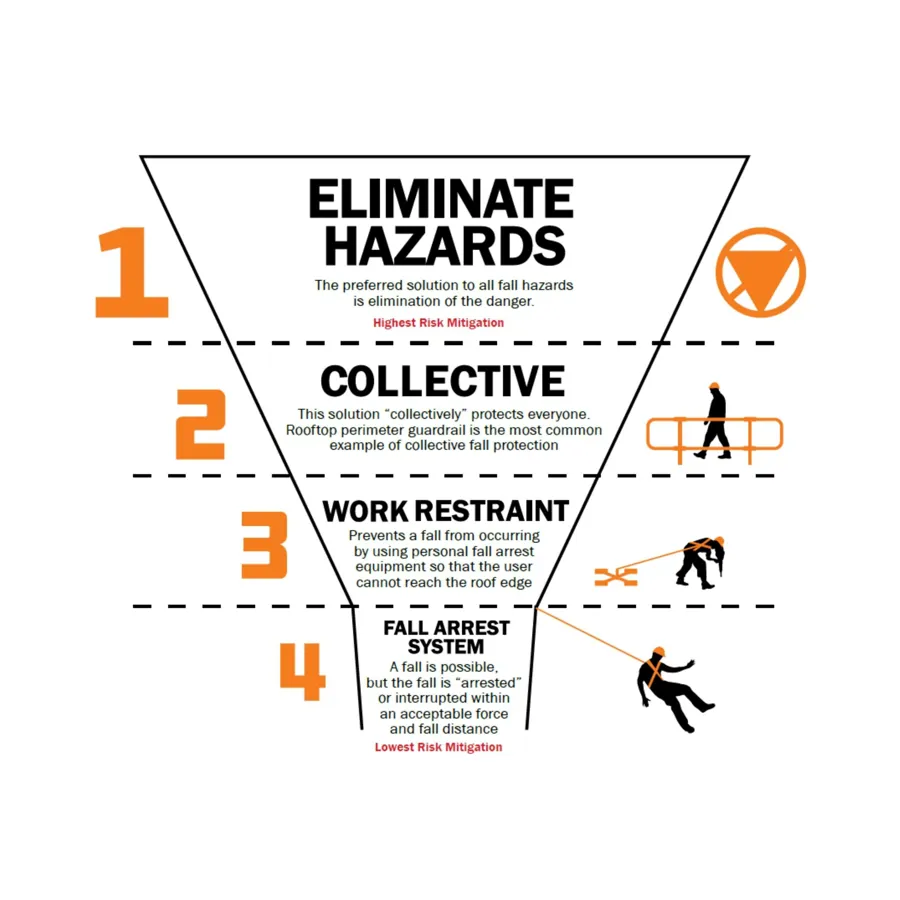
You are visiting the Canada Kee Safety website from United States. Would you like to go to the United States site?

Fertilizer is a fuel that feeds agriculture, and potash (potassium chloride) is a central ingredient in fertilizer. So much so that 95% of all potash produced is used to manufacture fertilizer despite its utility for soap, glass, pharmaceuticals, water conditioners, and other products.
The use of oil as a fuel is, of course, well known. Yet, even if every vehicle running on gasoline converted to electricity tomorrow, oil demand would still be robust for use in plastics, fabrics, lubricants, construction materials, printer inks, agrochemicals…the list goes on and on.
As the world’s number one producer of potash and number four oil supplier, Canada plays a leading role in the global economy. Here at home, it is essential that workers in the hazardous occupations of potash and oil sands mining are appropriately safeguarded. Personal Protective Equipment (PPE) comes immediately to mind. What cannot be overlooked, however, is fall protection equipment.

Whether a single belt system or labyrinth of miles, surface and underground conveyors transport raw materials from the mines to the next stage for processing. Risks include accidents from working near, inspecting, adjusting, or maintaining conveyor belts.
Mine operators should ensure that guardrails are installed to prevent contact between miners and any moving parts of a conveyor, including rollers, head, and tail areas. Pipe-fitted, modular steel safety railing systems provide strength and durability, worker protection, and the flexibility to reconfigure the guardrails when needed.

Upgraders, towers, administrative offices, and other buildings at mining facilities require working at heights for processing applications and inspections, maintenance, and repairs. According to the Canadian Centre for Occupational Health and Safety, fall protection is required when working at least 3 metres (approximately 10 ft.) above the surface.
Perimeter railings are the preferred fall protection system for flat or low-slope rooftops because they protect several workers collectively without special training. Since access points to the roof are a potential hazard, self-closing safety gates should be an integral part of the railing system.

Equipment in underground potash and oil sands mines operate under harsh conditions. They require regular maintenance and occasional repairs. Servicing the equipment from above—especially in confined spaces—is a fall hazard.
Either a rigid rail fall protection system or an overhead lifeline will help protect workers during their tasks. Both serve as fall arrest systems. A rigid rail is easy and economical to install and stops a fall with a shorter drop. An overhead lifeline provides excellent flexibility and range of motion.

Pump houses and other processing facilities with side-mounted HVAC units and other equipment will need worker attention. Ladders are a simple solution but not nearly as safe or stable as a work platform. Constructed with modular fittings, bases, and frames that connect pipe rail, steps, and anti-slip surfaces, a major advantage of these work platforms is that they can be reconfigured when needs at the site change.
Platform types include:

Tailing ponds are a method to store waste materials left over from mining extraction and are often mixed with water to create a slurry for easier transport. Personnel access to tailings ponds is limited; however, there should be railings at the dock areas.
Galvanized steel or aluminum safety railings provide fall protection with long-lasting strength and corrosion resistance.

Although fall protection systems and equipment go a long way towards worker safety, certified worker training helps close the loop. Mine operators can avail their workers of general working at height training and highly specialized International Rope Access Training Association (IRATA) instruction.
Potash and oil sands mining in Canada provides critical raw materials needed around the world. Their importance to the Canadian economy for high-paying jobs, economic growth, and tax revenue cannot be overstated. Since these are hazardous occupations, fall protection must be at the forefront of concerns for mine operators before any worker steps into a surface or underground mining facility.

A truly comprehensive rooftop solution follows the Hierarchy of Fall Protection. An expert starts by inspecting the roof site for potential fall hazards. From there, a complete system solution and recommendations are created that descend down the four levels of the hierarchy, from simple, sensible approaches for eliminating risks all the way down to lifesaving personal protection systems.
Collective Systems require no additional training to use. Fall Restraint and Fall Arrest Systems both require a high level of user competency, training and additional inspection to be used properly.